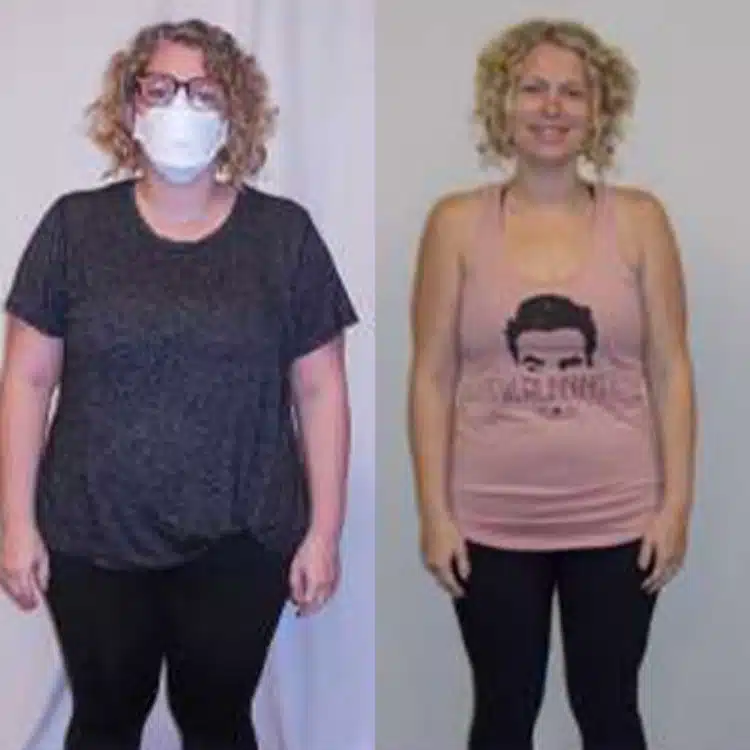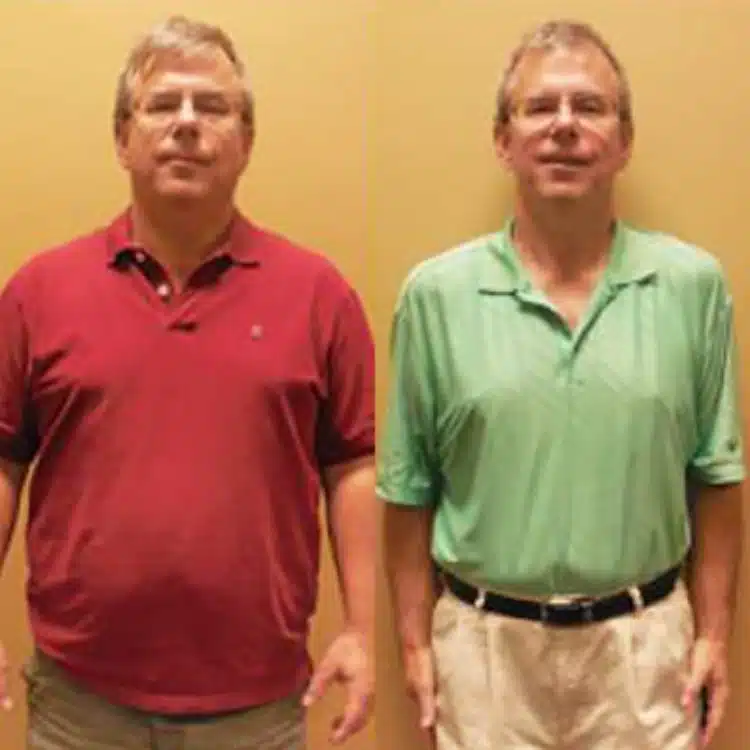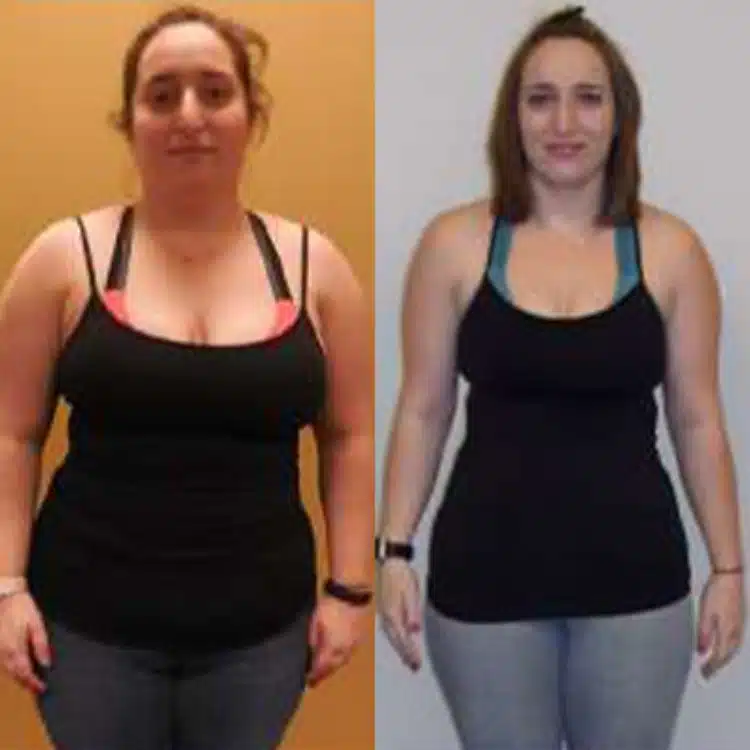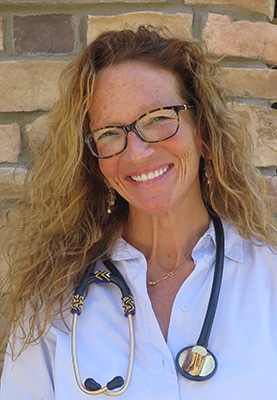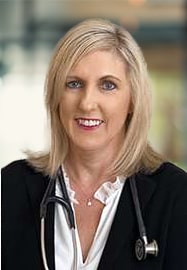Non-alcoholic fatty liver disease (NAFLD) is the most common cause of chronic liver disease worldwide. It can be divided into 2 types. Non-alcoholic fatty liver (NAFL) is characterized by isolated steatosis. Non-alcoholic Steatohepatitis (NASH) is more aggressive and is characterized by cell injury, inflammation, ballooning of the hepatocyte and may lead to fibrosis, cirrhosis, and hepatocellular carcinoma. At the root of NAFLD is an unhealthy lifestyle and obesity. Weight loss is the only known treatment at present. Interventions that include both dietary restriction and exercise to specifically achieve 5-10% weight loss seem consistently effective at improving NAFLD. As little as 3% weight loss may help reduce hepatic steatosis but the greatest beneficial effects on fibrosis and portal inflammation were observed in patients achieving >10% weight loss. Weight loss via bariatric surgery has clearly shown improvement in steatosis, steatoheptatitis and fibrosis or even complete resolution of NAFLD.
Moderate dietary restriction and 30-60 min of moderate-intensity exercise on 3-5 days per week is generally recommended. Dietary intervention trials alone have shown reductions in body weight lead to significant improvements in liver histology. Most trials used low calorie ranges from 1200-2000 kcal/day. Trials that used very low calorie ranges between 400-800 kcal/day showed greater weight loss, clear improvement in histology, and in some cases complete resolution of NAFLD. VLCD interventions require medical supervision and there is risk of weight regain. A low carbohydrate diet may arguably improve NAFLD more so than other forms of dietary restriction. Low carbohydrate intake is defined as 50-150g of carbohydrate per day. Very low carbohydrate intake is <50g per day.
Exercise alone may improve steatosis but liver histology does not clearly improve. Again, it is weight loss that matters. Moderate-intensity exercise requires effort. A patient should experience increased heart rate, increased rate of breathing without feeling short of breath and a light sweat. A good rule of them is that they should be able to hold a conversation while exercising but not be able to sing.
While there are many pharmaco-therapeutic options in NASH – insulin sensitizers, antioxidants, cytoprotective and lipids lowering agents – none are FDA-approved at present. No specific therapy is firmly recommended and current drug treatment is considered off-label. Drugs such as vitamin E and pioglitazone show conflicting results. They may help carefully selected patients but neither has shown consistently reliable effects on fibrosis. Whatever the outcome of the myriad clinical trials, none of the medications under investigation are expected to make a significant impact on NASH for the majority of patients.
Lifestyle changes are mandatory in all patients with NAFLD. Weight loss can reverse NAFLD/NASH. A lower calorie (1200-1500 kcal/day), lower carbohydrate intake (50-150 g/day) with exercise that causes a light sweat and an increased rate of breathing should always be a first line recommendation. If they can achieve at least 3% of weight loss then they are on the right path. The reality is that weight loss is easier said than done — very few can achieve and sustain a 5% let alone 10% weight loss especially on their own. Patients with more risk factors, more advanced disease and more weight to lose need more intense and sustained weight loss. If patients are not reaching their goals, they need to get additional help.


